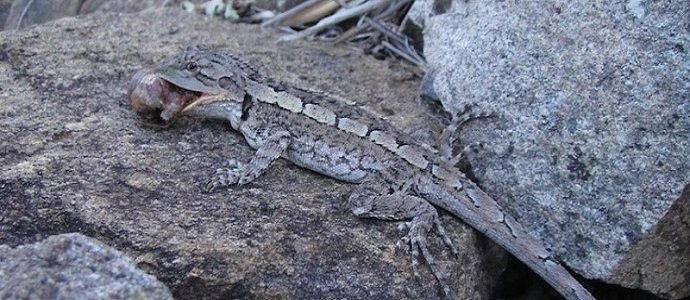
Working with Predators
As summer kicks in, and with everything growing well due to consistent rains, we are noticing more and more predators in the gardens. Well, I think there are more. This is great because on some days we inspect the fruits trees or berries, or almost any other food plant for the menace – and end up squashing dozens of grasshoppers like the one below:
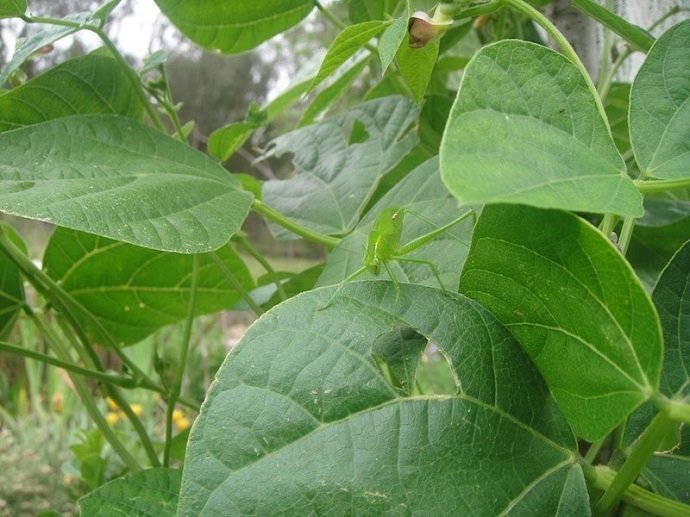
They eat almost everything, even rhubarb leaves(!). Anyhow, so that’s where the predators come in – we need their help. Here are some of them:
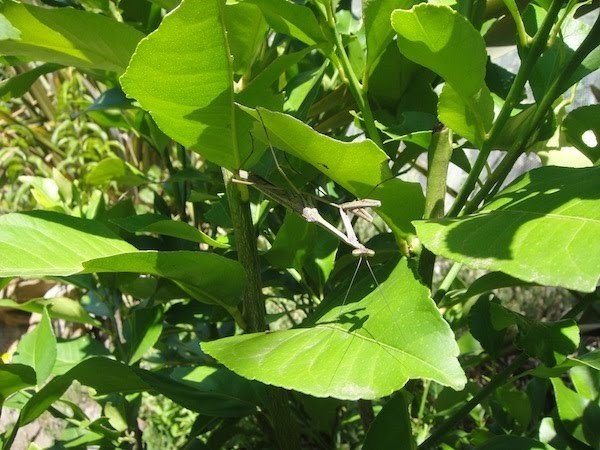
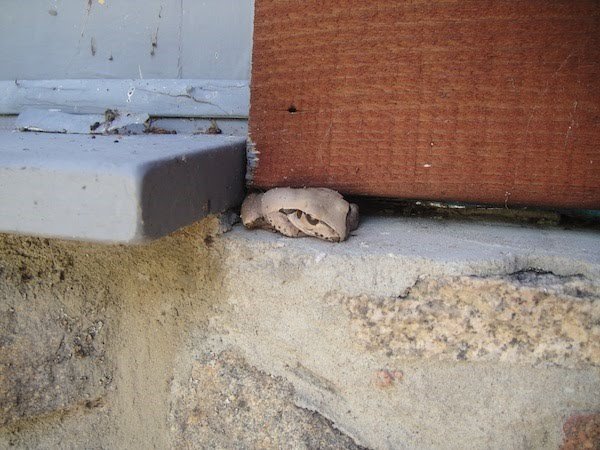


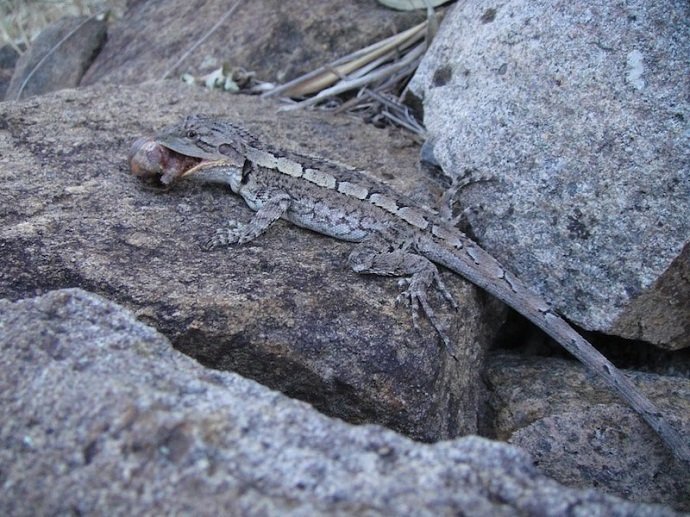
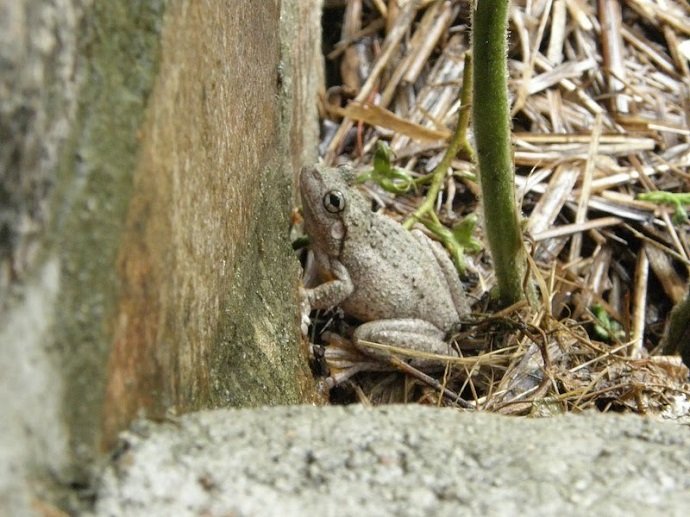
And of course there are many more ‘helpers’ – predatory wasps, birds, bats, and so on and also the domesticated; the ducks and chickens when they are out roaming…
I think the keys to success are:
1.) Not spraying any chemicals to kill anything (incl the beneficials)
2.) Providing plant diversity for predator habitat
3.) Not squashing ALL the bugs – only when they are clearly devouring a plant
4.) Allowing nature to find a balance – if there are too many predators they will run out of food, which means there will always be some undesirable food eating bugs to keep the predators fed…
About Dylan,
Dylan started learning about and studying Permaculture some time in 2009 and after 2 years or so of regular self study and practical experiments completed an online PDC course from Permaculture Visions in early 2013:
He grew up in South Africa and when 16 moved to New Zealand to finish school, complete a Science degree and become a teacher. After 2 years of teaching, international travel and teaching led to 2 years in London, 2 years in Singapore, 1 year in Australia, and 4 years in Taipei. See some diving videos here.
Dylan and Evita moved together to ‘Sugarloaf‘ in June 2013.












